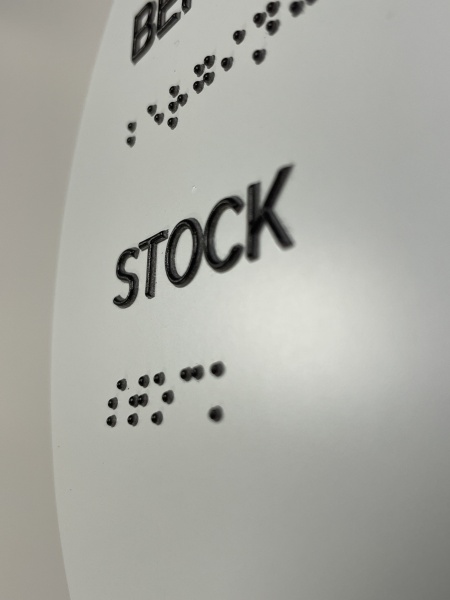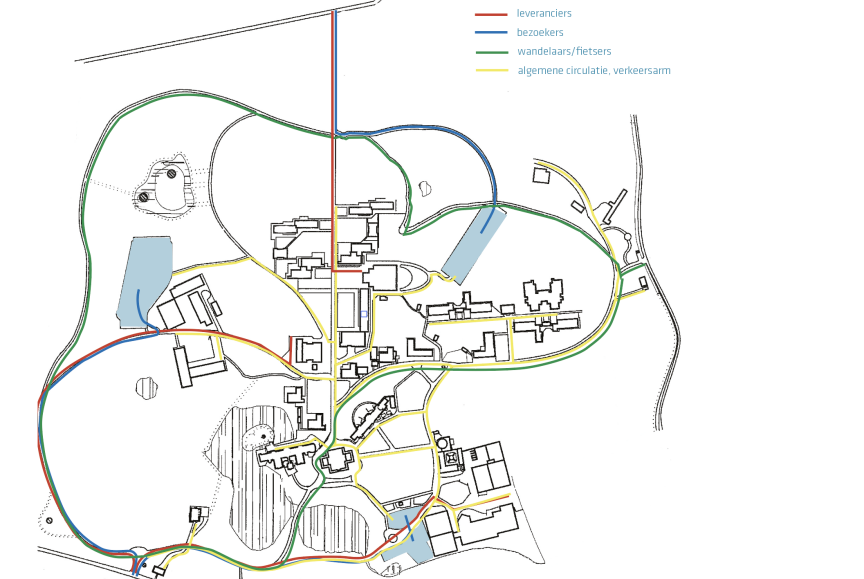Signburo
WAYFINDING ARCHITECTS
Good architecture in itself possesses the qualities to guide visitors through a building. The design of the entrance ensures that you do not enter by the back door. The centrally located reception area is the next important landmark, with large open corridors that invite you to keep moving, highly visible stairs and lifts that show you where to go up, seating areas that indicate where you can take a break, etc. Even closed doors are a form of navigation: accessible only to those who really need to be here.
studY
SO WHY WAYFINDING?
Good wayfinding architecture puts an intuitive navigation layer on top of the existing architectural features. It’s so intuitive that people can easily find their way through even the most complex environments.
Thanks to easy-to-follow signage and legible, easy-to-understand directions, optimal wayfinding systems reduce stress and increase the well-being of your visitors.
APPROACH
How does wayfinding architecture take shape?
Clear wayfinding architecture starts with a blank page and an open mind. And it’s precisely because we, as an outsider, look at your project from the perspective of ‘a new visitor’ that we can spot both bottlenecks and opportunities immediately.
From there, we set off to determine and plan the most appropriate routes for your various target audiences.
Then our designers will be happy to help you design the various building blocks of your wayfinding system. This includes things like shapes and symbols, lighting, colour accents, specific materials, textures for floors and walls, etc.
Tip
Wayfinding is part of your organisation’s larger information and communication system. Therefore, always ensure that the words and designations you use on your signage are consistent and unambiguous with the terminology you use for it in your correspondence, info brochures, websites, etc. And even in your verbal communication.


